Article 38. Location and approval of the works project.
1. The approval of projects by the administrations is carried out in accordance with law 7 August 1990, n. 241, and to the state and regional provisions that regulate the matter. The procedure referred to in this article also applies to works of public interest, including those referred to in Legislative Decree 3 April 2006, n. 152, if concerning the concession and management of public works, or the concession of public services with works to be carried out by the concessionaire. 2. The procedure referred to in this article does not apply if the conformity of the project has already been ascertained of technical and economic feasibility for urban planning and building regulations: a) for public works of state interest, excluding those intended for military defence, by the Ministry of Infrastructure and Transport, after consulting the local authorities concerned; b) for public works of local interest, by the municipality, or by the region or autonomous province concerned in the case of works affecting the territory of at least two municipalities. 3. The contracting authority or the granting body convenes, for the purposes of approving the project technical and economic feasibility as well as the location of the work, a simplified services conference pursuant to article 14-bis of law 7 August 1990, n. 241 in which all the administrations involved participate, including the regions, the autonomous provinces, the municipalities affected by the work and the administrations responsible for the protection of the environment, cultural heritage, landscape and health. 4. For public works of state interest, at the same time as convening the services conference referred to in paragraph 3, the contracting authority or the granting body transmits the technical and economic feasibility project to the Superior Council of Public Works, or to the competent Interregional authority for public works, for the purposes of expressing the opinion, where applicable. The technical and economic feasibility project always contains the zero land consumption project alternative for the purposes of urban regeneration. 5. The Superior Council of Public Works or the Interregional Supervision for Public Works, if it identifies deficiencies that prevent the release of the favorable opinion, including those relating to aspects of urban regeneration, returns the project within fifteen days of its receipt with an indication of the necessary additions or modifications. The contracting authority or the granting body proceeds with the requested modifications and additions within the peremptory deadline of fifteen days from the date of return of the project. The Superior Council or the interregional Superintendency expresses its opinion within a maximum of forty-five days from receipt of the technical and economic feasibility project or within a maximum of twenty days from receipt of the modified or integrated project. Once these terms have elapsed, the opinion is considered to be rendered in favour. 6. After fifteen days from the transmission of the project to the Superior Council of Public Works or to the Interregional Supervision for Public Works or, in the event that it has been returned pursuant to the paragraph 5, simultaneously with the transmission of the modified project to the Council or the Superintendency, the contracting authority or the granting body transmits the project to the competent authorities for the measures referred to in paragraph 8. 7. In the case of public works of local interest or state interest for which the opinion of the Superior Council of Public Works or of the Interregional Supervision for Public Works is not required, the contracting authority or the granting body shall transmit the project to the competent authorities for the measures referred to in paragraph 8. 8 During the services conference, the suitability of the preventive verification of the archaeological interest and the EIA environmental impact assessment are acquired and assessed, taking into account the pre-eminent needs of contractability of the work and certainty of the implementation times, the outcome of any public debate, as well as, for public works of state interest, the opinion referred to in paragraphs 4 and 5. The results of the assessment of amenability to the preventive verification of the archaeological interest are acquired during the conference of services referred to in paragraph 3 and are accompanied, if the existence of an archaeological interest does not emerge, with any requirements relating to archaeological assistance activities during construction. If the existence of an archaeological interest emerges from the assessment of amenability to the preventive verification of the archaeological interest, the superintendent proceeds in accordance with Annex I.8, taking into account the timetable of the work. The results of the environmental impact assessment are communicated by the competent authority to the other administrations participating in the services conference. If a public debate has taken place, the use of a public inquiry or other form of public consultation is excluded. 9. The services conference ends within sixty days of its convocation, which can be extended upon reasoned request from the administrations. responsible for protecting the interests referred to in article 14-quinquies, paragraph 1, of law no. 241 of 1990, only once for no more than ten days. The assent of the administrations that have not expressed their opinion within the deadline for the conclusion of the services conference, of those that are absent or that have expressed unmotivated dissent or that refer to issues that are not the subject of the conference itself, is considered to have been obtained. 10. The determination of the services conference, to be adopted within the five days following the expiry of the deadline referred to in paragraph 9, approves the project and finalizes the agreement between the local authorities concerned for all urban planning and construction purposes, also for the purposes of localizing the work, the urban and landscape compliance of the intervention, the resolution of interferences and the related mitigating and compensating works. The agreement between the interested bodies, regarding the location of the work, has the effect of varying the current urban planning instruments. It includes the environmental impact assessment provision, the assessment of whether the archaeological interest is subject to prior verification, the necessary qualifications, the declaration of public utility and non-deferrability of the works as well as the pre-arranged constraint on expropriation and allows the implementation of all works and activities foreseen in the approved project. To this end, the communications to interested parties referred to in article 14, paragraph 5, of law no. 241 of 1990 take the place of the participatory phase referred to in article 11 of the consolidated text of the legislative and regulatory provisions regarding expropriation for public utility referred to in the decree of the President of the Republic no. 327 of 2001. Local authorities shall provide for the necessary measures to safeguard the areas involved and the related buffer zones and cannot authorize building interventions incompatible with the location of the work. 11. In the procedure referred to in this article, the determinations of administrations other than the contracting authority or the granting body and in any case involved pursuant to article 14-bis, paragraph 3, of law no. 241 of 1990, in any case of dissent or incomplete assent, cannot limit themselves to expressing opposition to the construction of the works or systems, but must, taking into account the circumstances of the specific case, indicate the requirements and mitigating measures that make the consent is possible for the work, also evaluating its financial profiles. These requirements are determined in accordance with the principles of proportionality, effectiveness and financial sustainability of the intervention resulting from the project originally presented. The provisions referred to in the first and second periods apply, without exceptions, to all administrations participating in the services conference, including those in charge of urban planning, landscape, archaeological and cultural heritage matters. 12. The provisions referred to in paragraph 11 also apply to proceedings pending on the date of entry into force of the code, for which the final determination of the services conference has not yet occurred. 13. For contracts following the withdrawal, upon revocation or cancellation of a previous contract, the opinions, authorizations and agreements already acquired are valid, provided that the RUP certifies the absence of changes in the project and in the environmental, landscape and urban planning regulations on the basis of which the opinions, authorizations and the agreements had been adopted. The provision referred to in the first sentence does not apply to cases of withdrawal, revocation or cancellation of the previous contract due to defects or circumstances inherent to the opinions, authorizations or agreements. 14. The special provisions in force for certain types of public works remain unchanged. of national interest, including those relating to the interventions of the National Recovery and Resilience Plan (PNRR), referred to in Regulation (EU) 2021/241 of the European Parliament and of the Council of 12 February 2021. EFFECTIVE FROM: 1 July 2023Relazione
REPORT
Article 38 regulates the procedure for localizing and approving the project of works.
The explanatory report highlights that the provision in question "introduces for the first time in the pu...
Commento
NEW
• A procedure dedicated to the localization of works of state interest is introduced.
• The procedural development with accelerating purposes is detailed.
• The procedure for localization and a...
Condividi questo contenuto:






